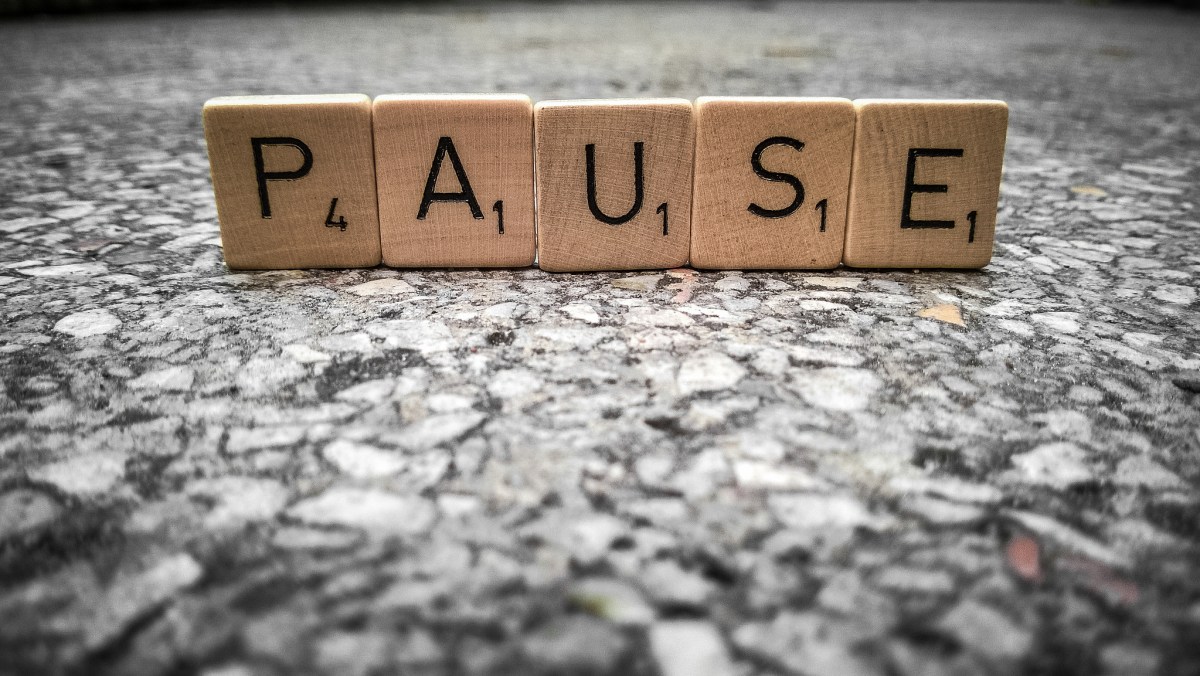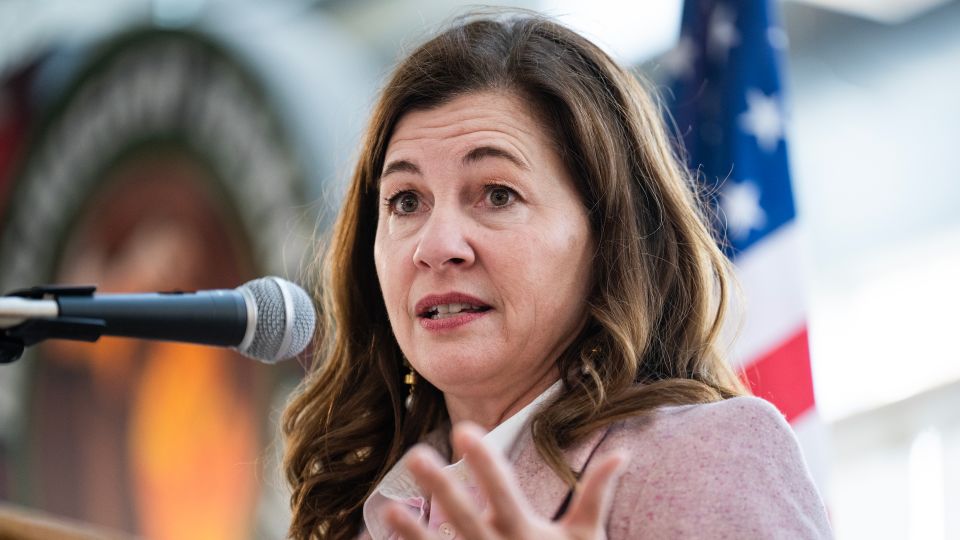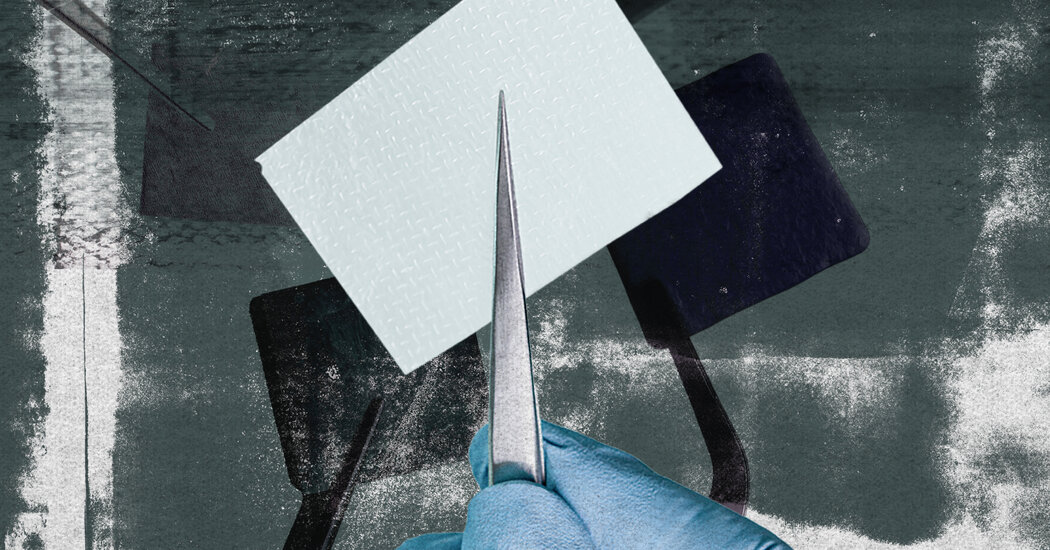Hartbeespourt, South Africa (AP) – Dozens of small black squares in the fern plant clinging to a lush green mat on the surface of the crocodile river in South Africa.
These squares are not thrown into the river by chance: Scientists hope that their insects and larvae will split their way through a green mat, which consists of an unwanted southern water factory, called Salvinia.
The factory is steadily taking over the fresh water bodies in the northern region of South Africa, and suffocating water life, including on the crocodile river and the Hartbeespoort dam that flows to it.
Sousse, which It was effectively used elsewhere in the world To combat water herbs, South Africa is now being charged against lifetime absorbing factories that threaten ecosystems in at least three northern provinces and crawl to neighboring countries.
after Inscriptions Helped to control the spread of Salavinia in parts of the United States, scientists from both countries worked together on a project to collect a group of beginners in South Africa.
Insects that are 1 millimeter (0.03 inches) have been brought in more than 8700 miles From Louisiana. Education stations are established near several dams to develop the population.
Scientists say that the beetles, as soon as they are launched on a polished site, make the beetles themselves at home on Salvinia, which is the only thing they eat, without damaging the local ecosystems.
“They laid eggs on this plant, feeding this plant and die on this plant. If this plant dies, they will die too,” said Professor Julie Kotzi, the main scientist at the South African Institute for Water Biodiversity. “They harm some tissues, and those tissues become immersed in water, then these plants are drowned to the bottom.”
Floating threat
The Hartbeespourt North of Johannesburg Dam, the experimental project site, is an important source of irrigation for nearby farms and a famous entertainment site.
“When we bought the property, there was this beautiful floating factory on the dam and I thought this was very nice,” said 53 -year -old Max Muller. “I did not realize that this little floating fern was an absolute threat.”
Muller, the owner of the long -distance walking path in Moghi, said that Salvinia had withdrawn and damaged boat engines and also hunted fishing communities over the nine years he lived in the region.
Scientists say that South African freshwater systems face a major threat from Salvinia. Plants had two main mutations for growth in 2021 and 2022, alive on the contents of high nitrate in the water.
The factory appeared at the beginning more than a decade ago in the dam, which has been fighting for a long time with a water whistle. Another type problem.
“If I pulled the bile away, this plant is omitting,” said Kotzi. She said that gas plants prevent sunlight, which means that there are no oxygen in the water.
She said: “If there are no oxygen, there is no fish, there is no crab, and there are no insects, and therefore it is completely destroyed or changed the aquatic ecosystem.”
Salvinia has a rapid growth rate and its spread was more prominent throughout Gotting County, where the largest city of Johannesburg is located in South Africa and head of its capital. The factory focuses on current water supply problems by exhausting the oxygen and wondering the supply in a country that is already struggling with the increased demand and the deterioration of the water infrastructure.
Fears about the effect of licorice
While the release of Sousse will help fight the sulfinia, experts warn that there may be unintended side effects.
Anthony Torton, a water expert and researcher at the University of Fry State in South Africa, warned that their introduction may turn rivers and dams into more suitable homes For bacteria and dangerous organisms.
This includes toxic green blue algae, known as blue bacteria, which flourish in nutrient -rich waterways, and already affects nearly 60 % of the country’s dams.
He said: “With more light and less competing for nutrients, these blue bacteria will enter into a state known as flowering.” “This is the Si -population growth that radically fills the entire water pillar.”
Tarton said that the simultaneous measures to repair damaged sewage systems and reduce the flow of agricultural fertilizers are necessary for a permanent solution.
He said: “Unless there are efforts to reduce the flow of nutrients from wastewater flows, we only create space for blue bacteria to grow without competition from floating herbs.”
The threat of spreading to other countries
Susics is not the first insect to reduce a Ghazi threat in South Africa. The country brought a mistake in the thirties of the last century to control the spread of Hardy’s aloe vera, which was harmful to ecosystems. This project was seen as success.
The rapid growth of Salvinia has pushed the government to act, especially since researchers warn that neighboring countries are now confronting an invasion.
Kotzi said that Salvinia appeared on the convergence of the crocodile and Limpopo rivers in the far north of South Africa.
She said: “This is now a major threat to our neighbors because this plant has been transferred by our rivers on our borders.” “It is possible that you will walk along Limpopo, along the borders of Botswana, Zimbabwe and Mozambique.”
“We really have the responsibility for controlling this plant,” she added.
___
AP Africa News: https://appnyws.com/hub/africa













